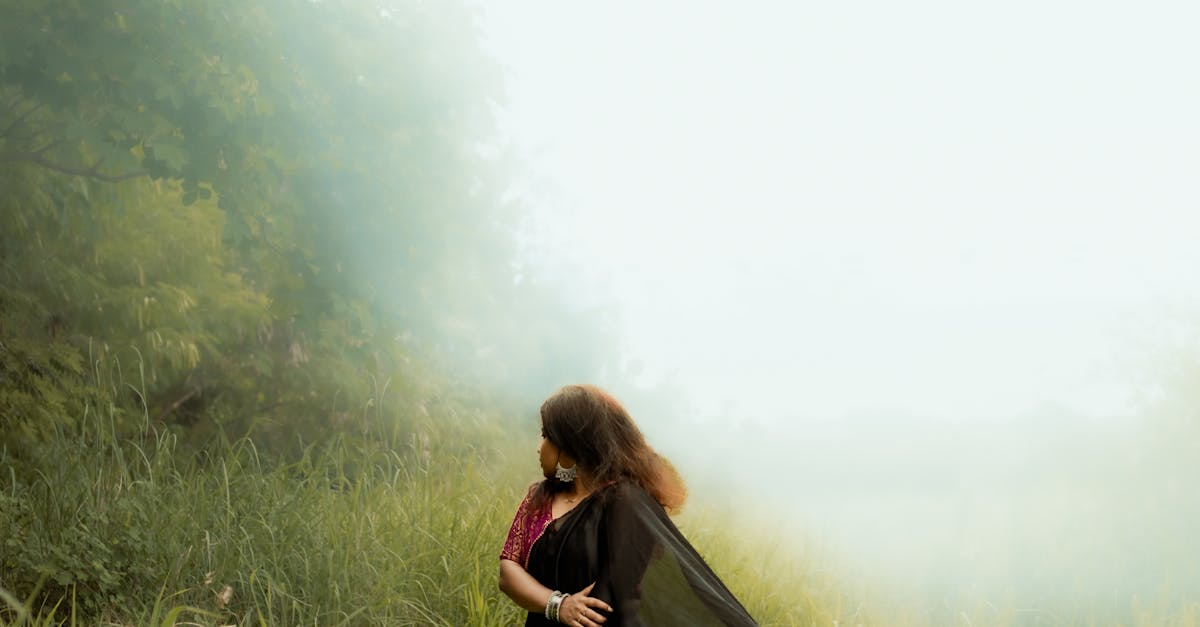

In the world of photography, choosing the right camera can be daunting, especially for beginners. Two popular options today are Digital Single-Lens Reflex (DSLR) cameras and mirrorless cameras. Both systems come with distinct advantages and disadvantages, making it essential for newcomers to understand which might be the better choice for their specific needs. In this blog, we’ll explore the key differences between DSLRs and mirrorless cameras and help you determine which one may be the best fit for your photography journey.
A DSLR camera uses a mirror mechanism to reflect light coming through the lens into an optical viewfinder, allowing photographers to see exactly what they are capturing. DSLRs have been around for quite some time and have earned a solid reputation among photographers for their advanced features, robust performance, and extensive lens options. If you opt for a DSLR, you’ll benefit from:
As the name suggests, mirrorless cameras do not use a mirror mechanism. Instead, they utilize an electronic viewfinder or the rear LCD screen to display what the camera’s sensor sees. The absence of a mirror helps reduce the size and weight of the camera. Mirrorless models have gained popularity for their innovative technology and improved autofocus capabilities. Some key benefits include:
For beginners, the process of learning photography can be influenced significantly by the type of camera you choose.
When it comes to selecting between a DSLR and a mirrorless camera, several factors should be considered:
Budget: Generally, beginner DSLRs can be found at lower prices in comparison to entry-level mirrorless models. However, as technology advances, some mirrorless options have become competitively priced, and both categories have budget-friendly options.
Photography Style: If you plan to shoot primarily in a studio environment or with stationary subjects, a DSLR may be more suitable due to its optical viewfinder. If you’re interested in shooting fast-moving subjects or want a versatile, compact camera for travel, a mirrorless option could serve you better.
Long-term Growth: Research the ecosystem of lens and accessory compatibility for both systems. While both DSLRs and mirrorless cameras have expansive selections, investing in a system that aligns with your long-term photography goals is advisable.
Ergonomics: It’s also vital to consider comfort and ease of use. If possible, try both types of cameras in-store to see which fits better in your hands, as comfort can impact your shooting experience significantly.
Ultimately, whether you choose a DSLR or a mirrorless camera depends on your personal preferences, shooting style, and comfort with technology. Both systems offer unique features that cater to beginners and can help you develop your skills. The key is to recognize your needs as a photographer and choose the one that resonates best with your goals.
As you embark on your photography journey, take the time to explore both DSLRs and mirrorless cameras. The more you understand the nuances of each, the better equipped you'll be to capture stunning photographs. Remember, the best camera for you is the one that inspires you to get out there and shoot!